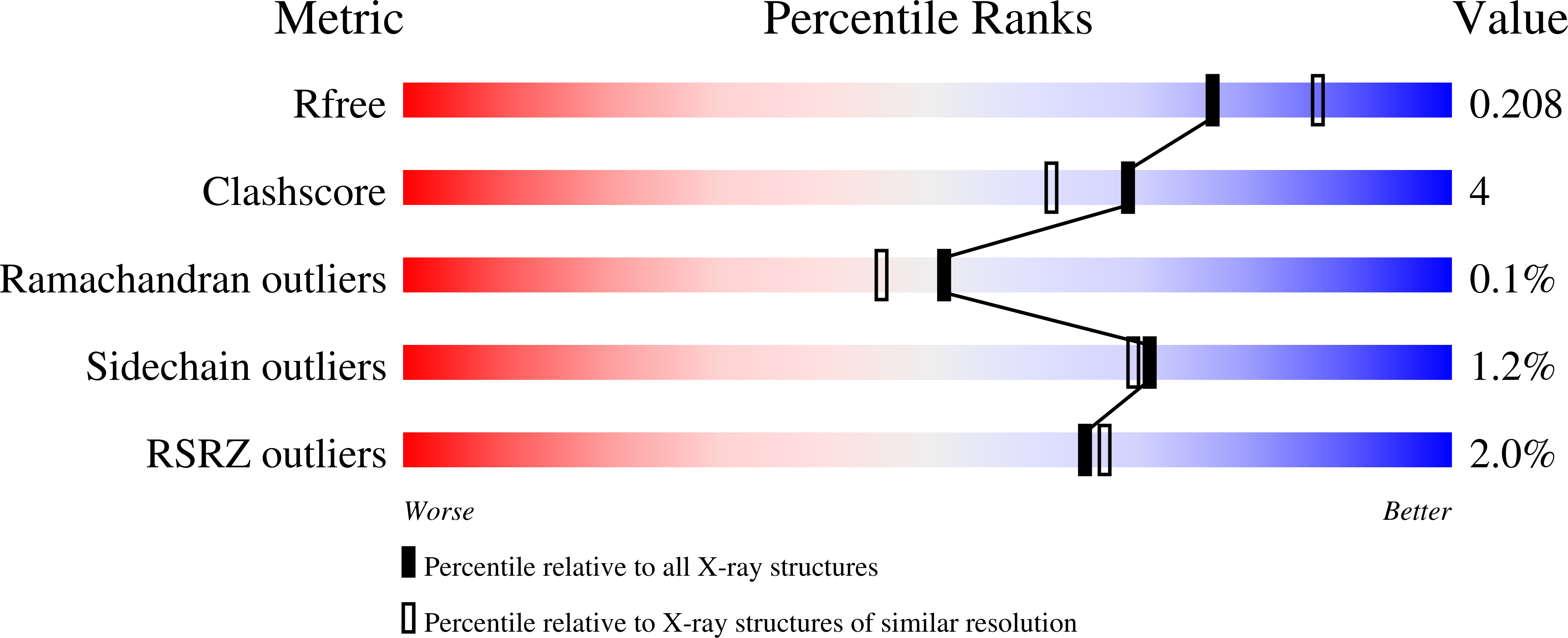
Deposition Date
2021-05-21
Release Date
2021-07-28
Last Version Date
2024-01-31
Entry Detail
Biological Source:
Source Organism:
Thosea asigna virus (Taxon ID: 83810)
Host Organism:
Method Details:
Experimental Method:
Resolution:
2.07 Å
R-Value Free:
0.20
R-Value Work:
0.17
R-Value Observed:
0.17
Space Group:
P 21 21 2


